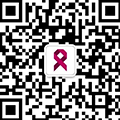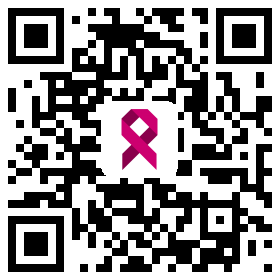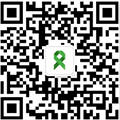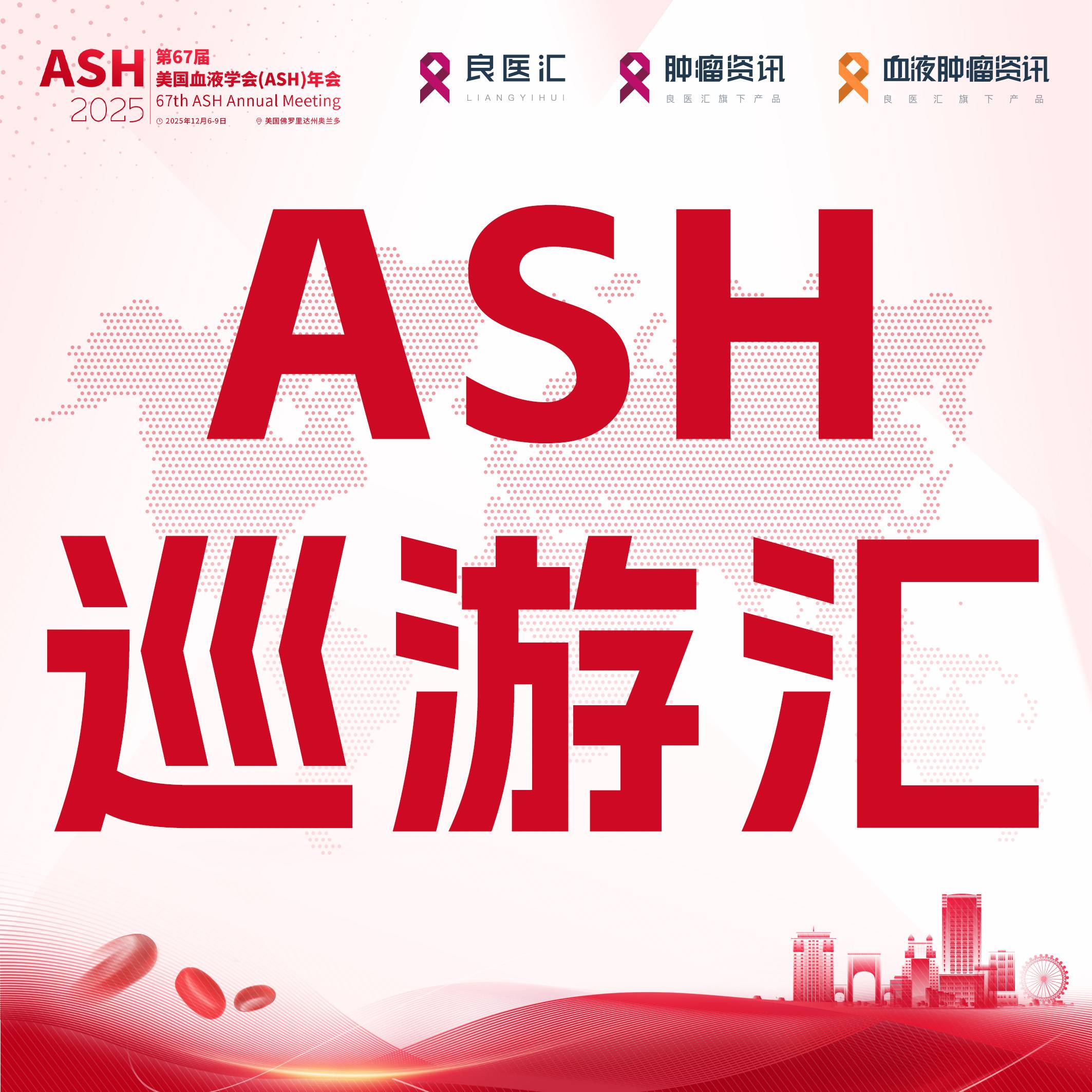
以下内容原文发布于AACR官方博客《Cancer Research Catalyst 》, 中文内容仅做参考,请点击文末阅读原文,阅览原文内容。
黑色素瘤是一种侵袭性皮肤癌。相对于基底细胞癌和鳞状细胞癌等皮肤癌,黑色素瘤较为少见,但由于它容易转移到其他器官,所以更加具有致命性。
黑色素瘤生存率存在很大差异,取决于疾病诊断时所处的阶段 。监测、流行病学和结果(SEER)数据库显示,局限性黑色素瘤患者的5年生存率为99.4%,然而在疾病发生转移后才确诊的患者的5年生存率仅为29.8%。
晚期患者预后如此糟糕,尽可能在早期阶段检测黑色素瘤无疑可以改善生存结局。黑色素瘤有一些已经明确的危险因素:晒太阳或晒黑床时暴露于紫外线辐射之下、皮肤白皙和黑色素瘤家族史。加利福尼亚大学旧金山分校皮肤病学助理教授Alan Hunter Shain(哲学博士)在AACR 2021年会(第2周)的一场演讲中表示,在这些易于确认的因素之外,基因突变极大地影响着黑色素瘤的发生和扩散方式以及对治疗的反应。
原文请阅读下文
Melanoma is an aggressive form of skin cancer. While it is less common than skin cancers like basal cell carcinoma or squamous cell carcinoma, it is much more deadly due to its tendency to metastasize to other organs.
Melanoma survival rates vary dramatically depending on when the disease is diagnosed. According to the Surveillance, Epidemiology and End Results database, the five-year survival rate for patients diagnosed with localized melanoma is 99.4 percent. However, patients diagnosed after the disease has metastasized have a five-year survival rate of just 29.8 percent.
With such a dire prognosis for patients with advanced disease, it’s clear that detecting melanoma at the earliest possible stage could improve survival outcomes. A few risk factors are clear: exposure to ultraviolet (UV) radiation from the sun or tanning beds, pale skin, and family history of melanoma. While these factors are easy to identify, melanoma also involves genetic alterations that can dramatically affect the way this cancer develops, spreads, and responds to treatment, said Alan Hunter Shain, PhD, assistant professor of dermatology at the University of California, San Francisco, in a presentation during Week 2 of the AACR Annual Meeting 2021.
Shain explained that previous research has shown evolutionary and genomic differences between melanoma caused by sun exposure and melanoma that arises from other sources. To reflect these differences, in 2018, the World Health Organization (WHO) published new classifications of melanoma, creating a distinction between cases that are caused by sun exposure and those that are not. The types that are caused by sun exposure were further classified as high cumulative solar damage (high-CSD) or low-CSD.
In general, Shain said, low-CSD melanomas are more likely to have BRAF mutations. This is a key targetable mutation, thanks to a whole generation of BRAF inhibitors approved by the U.S. Food and Drug Administration in the past decade. Shain said ongoing research is aimed at further understanding the mutational burden of melanomas, which could potentially serve as a biomarker to predict response to immunotherapy.
While sun exposure is confirmed as the primary risk factor for melanoma, there are still some unanswered questions about its role. Shain pointed out that in general, the most common sites for melanoma are the backs and shoulders of men, and the trunks and thighs of women. “These are all intermittently exposed skin sites, and melanomas are occurring in these sites more than they should be,” he said. He posited that skin cells in more exposed areas, such as the face, have developed better DNA repair capabilities, and said his lab is continuing to explore this possibility. Further research may allow for better understanding of the genetic risk factors of melanoma, not solely the cosmetic ones.
“In my futuristic vision, we would be able to measure the cumulative damage in skin, and if you fall outside the normal bounds, you would be a candidate for enhanced skin cancer screening,” he said.
Melanoma risk was also the topic of a study published earlier this year in Cancer Epidemiology, Biomarkers and Prevention, a journal of the American Association for Cancer Research.
The study evaluated data from the NCI Familial Melanoma Study, through which people with a family history of melanoma received whole-body skin cancer screening, total body photographs with closeups of potentially problematic moles, education about the appearance of melanoma, and strategies for protecting their skin from UV damage. Participants were also counseled to follow up with their local dermatologist annually for whole-body screening exams.
The study found that study participants were more likely than the general public to be diagnosed at the earliest stage of the disease.
The study also evaluated tumor thickness and discovered that patients who participated in the screening were diagnosed with thinner tumors than patients who were not in the study. Thicker tumors have been associated with a higher risk of death from melanoma, said study author Michael Sargen, MD, a dermatologist and clinical fellow in the Division of Cancer Epidemiology and Genetics at the National Cancer Institute.
“Our results suggest that the screening and education provided in the NCI Familial Melanoma Study may improve early detection of melanoma in melanoma-prone families,” Sargen said.
AN ANNUAL REMINDER TO AVOID SUNBURNS
More than 90 percent of melanoma cases diagnosed in the U.S. between 2011 and 2015 were attributed to UV exposure. Each year, the National Council on Skin Cancer Prevention designates the Friday before Memorial Day as “Don’t Fry Day,” reminding the public that preventing sunburns is an effective way to reduce the risk of melanoma and other skin cancers.
The group recommends these protective strategies:
Wear protective clothing in the sun. Wear a hat that shades the face, neck and ears; and plan outdoor activities around the midday sun.
Examine the skin regularly. Suspicious lesions or progressive changes in a lesion’s appearance or size should be evaluated promptly by a physician.
Wear sunglasses to protect eyes from UV light.
Use a sunscreen with a sun protection factor (SPF) of 30 or higher and apply a generous amount to all exposed skin 15-20 minutes before going outdoors. Reapply sunscreen every two hours throughout the day, especially after swimming, sweating, or towel drying. Use sunscreen even on hazy days.
Avoid artificial sources of UV light (sunlamps, tanning beds).
Remember this slogan: Slip, slop, slap, and wrap. The council introduced that guidance to remind people to slip on a shirt, slop on sunscreen, slap on a hat, and wrap your eyes with protective sunglasses.
更多内容,请点击“阅读原文”
















 苏公网安备32059002004080号
苏公网安备32059002004080号


